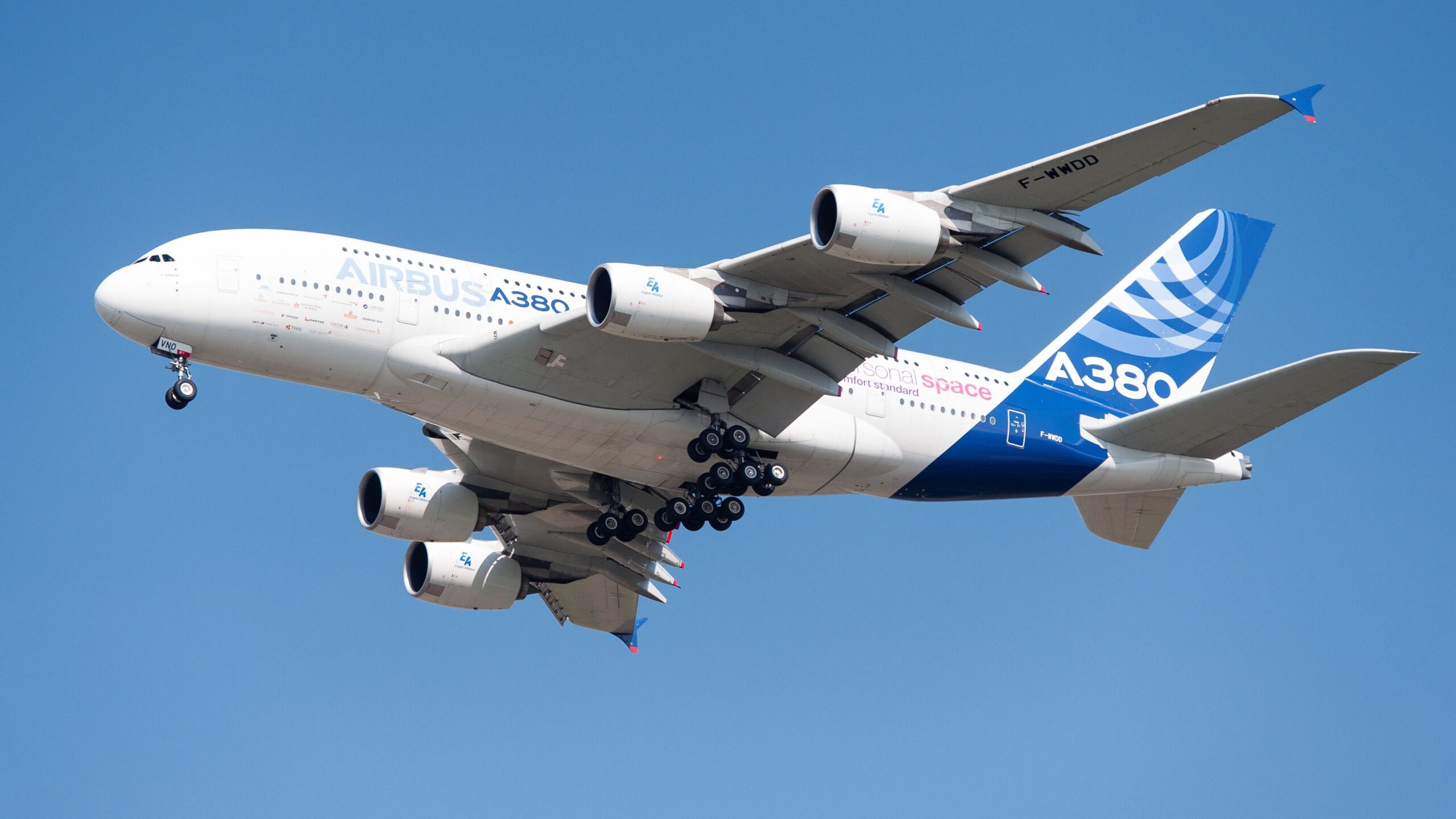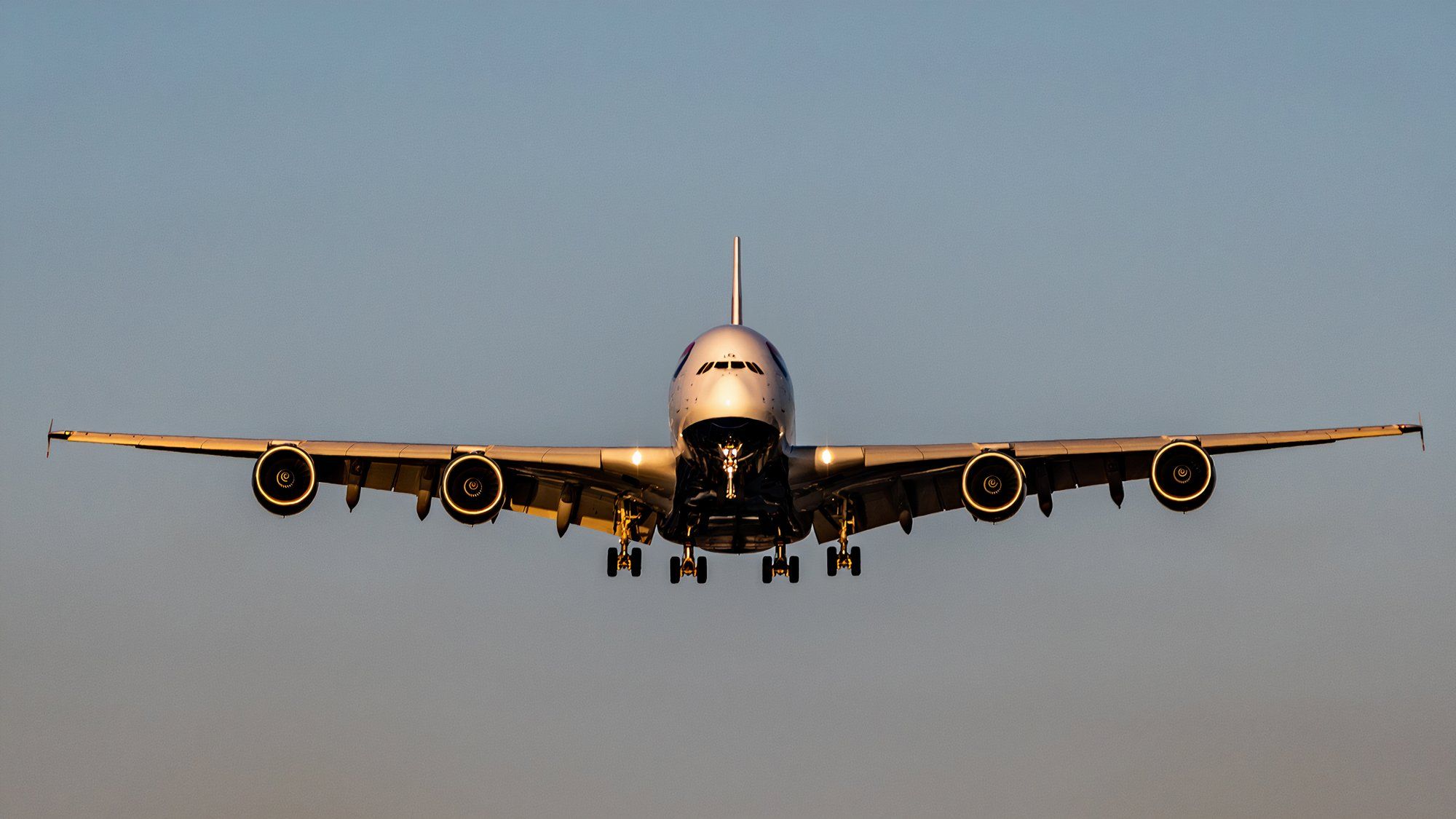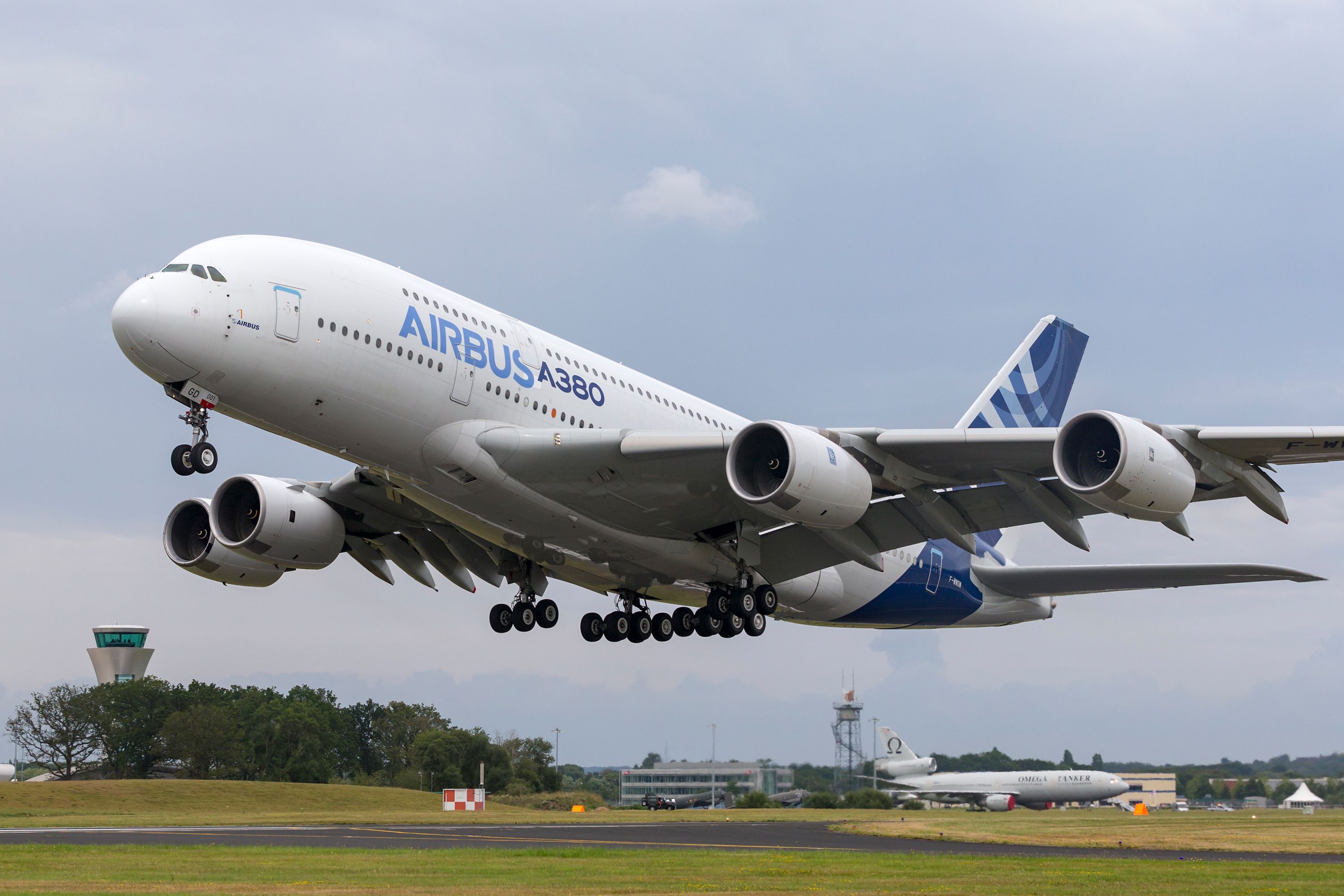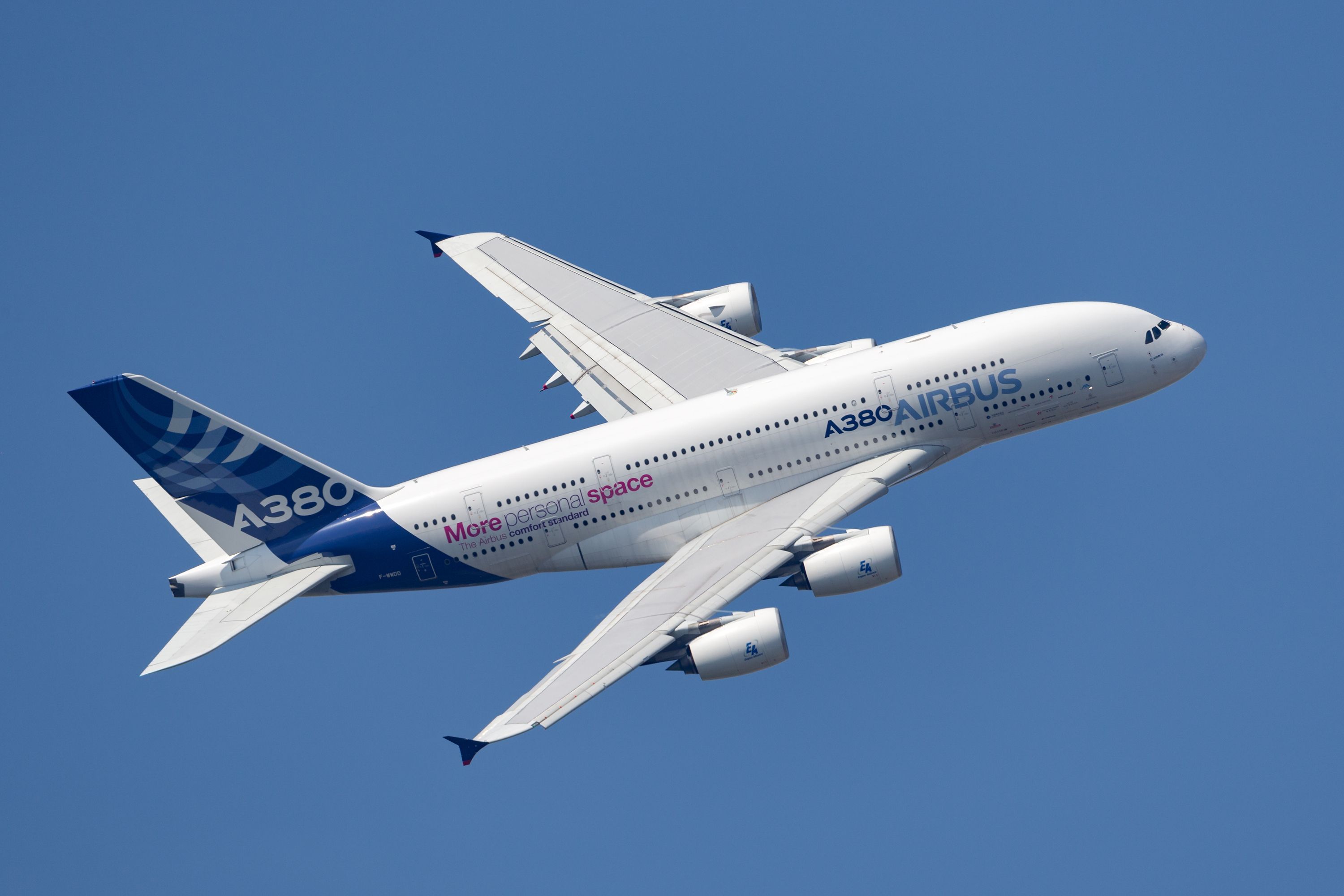Summary
- EASA’s latest directive addressed cracked sealant on the bushings of gear rib 9 fittings, which are used to attach the main landing gears (MLG) to the wing.
- The initial discovery of the problem was on the Airbus A330, with the A330 and A380 sharing a similar gear rib 9 fitting design.
- The regulator mandated repetitive inspections to address the condition.
The European Union Aviation Safety Agency’s (EASA) latest airworthiness directive warned Airbus A380 operators about potential cracks on rib lugs that are part of fittings that attach the left-hand (LH) and right-hand (RH) main landing gear (MLG) to the wing.
Initial discovery on Airbus A330s
EASA detailed that during scheduled lubrication on Airbus A330 MLGs, an increasing number of unexpected corrosion or cracking of the lugs of the landing gear attachment rib 6 on both sides of the wings were found.
“Analysis of the findings revealed that the root cause for these cracks is a complex combination of intergranular attack, corrosion and fretting of the installed bushings.”
EASA warned that the condition could reduce the structural integrity of the primary structure of the aircraft. However, maintenance checks of A380s resulted in cracked sealant being found on the bushings of gear rib 9 fittings, which were used to attach the LH and RH MLG to the wing.
Photo: Joe Kunzler | Simple Flying
The European regulator highlighted that the bushings of gear rib 9 fittings have a similar design to the fittings that were installed on A330 and A340 aircraft. Addressing the issue for the latter aircraft, EASA issued an emergency AD (EAD) on December 12, 2006, which has been superseded with several directives.
The latest AD covering the issue of the A330 and A340 aircraft was published on September 21, 2016, after Airbus had developed a modification (mod 205205 and mod 205492) to address the rib lug cracking for in-production aircraft. The manufacturer’s mod 205491 and mod 205724 covered in-service A330/A340 aircraft, requiring a rework of the LH and RH MLG rib 6 lug assemblies.
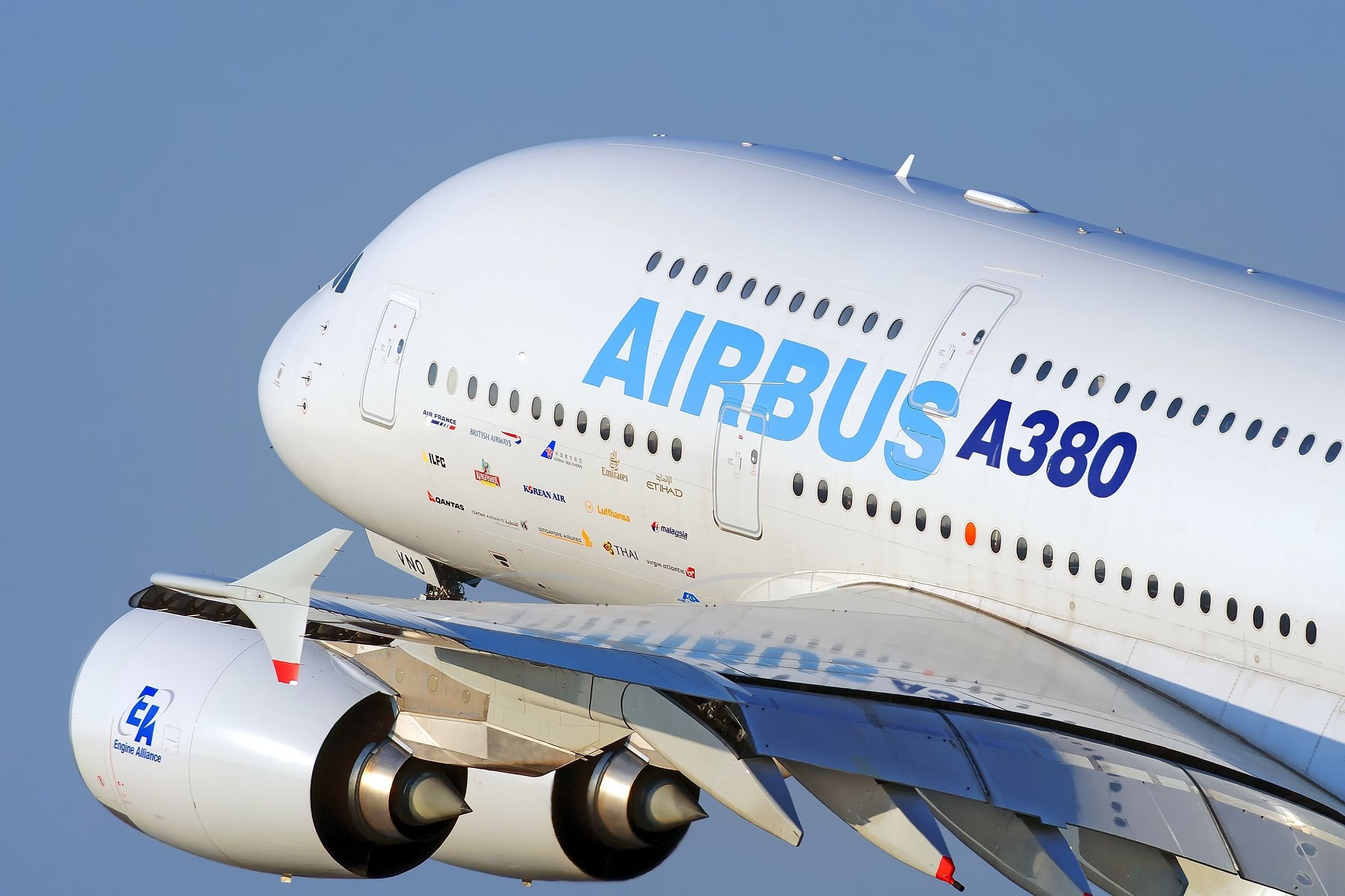
Related
EASA Warns Of Potential Airbus A380 Fuselage Gaps
For now, no Airbus A380 frames have accumulated enough flight hours or flight cycles to warrant inspections.
Risk of corrosion
Nevertheless, EASA warned that while cracked sealant had no inherent flight safety risk, it could increase the likelihood of moisture seeping through the lug and bushings and, over time, potentially raise the risk of corrosion in the lug bore.
If left untreated, it could ultimately result in the cracking of rib lugs, EASA warned.
“Airbus determined that timely detection of cracks on the A380 gear rib 9 fitting lugs is necessary and issued SB [Service Bulletin – ed. note] A380-57-8148 and SB A380-57-8269, to provide instructions for inspection of the lugs of the (LH and RH) rib 9 landing gear attachments for cracking and the condition of the sealant of the installed bushings on these gear ribs respectively.”
Photo: Ryan Fletcher | Shutterstock
As a result, EASA mandated operators to conduct repetitive inspections of the LH and RH wing landing (WLG) attachment rib 9 fittings. While the AD had an effective date of July 30, the European regulator warned that the directive was considered to be interim and further action may follow.
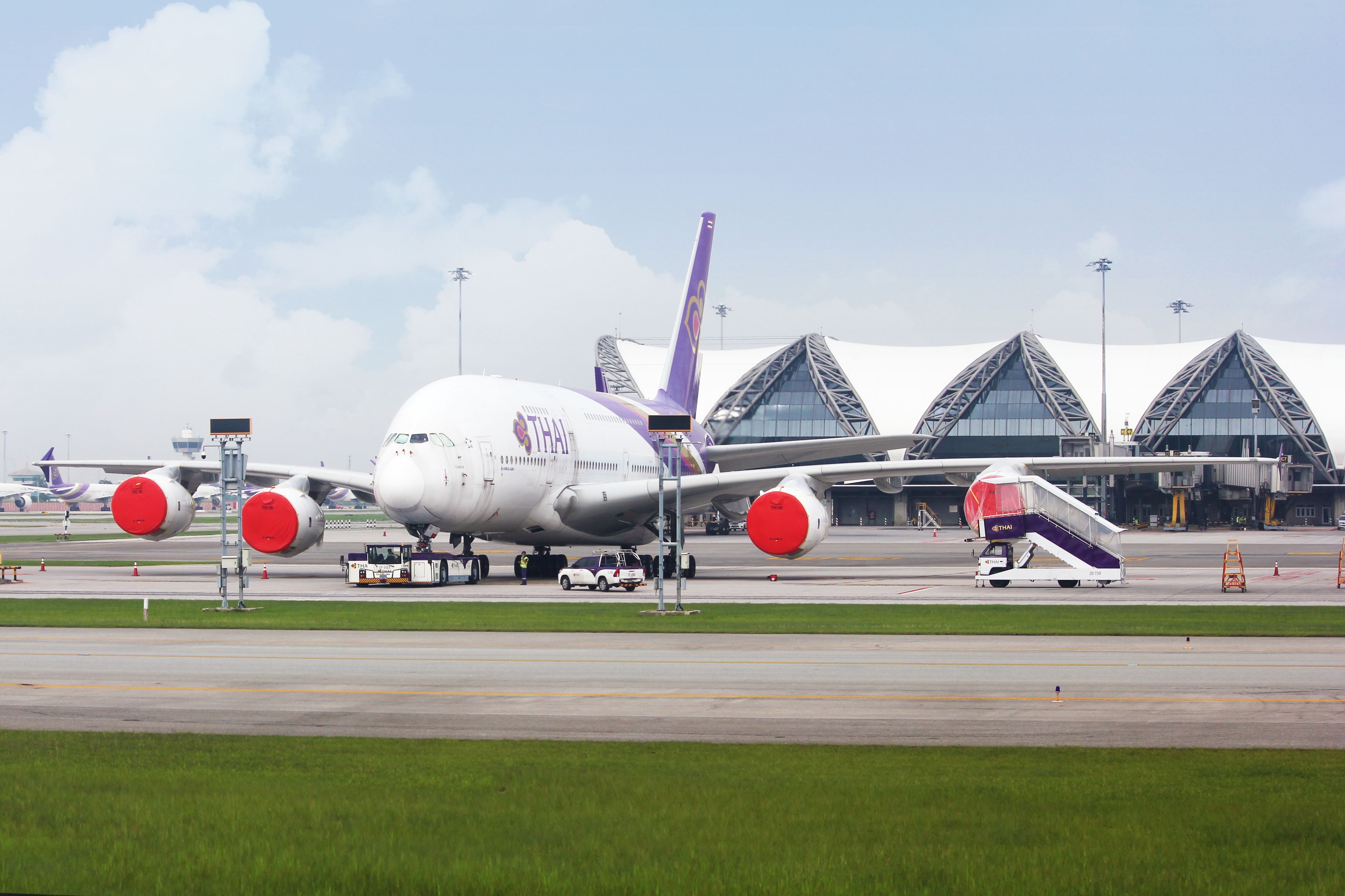
Related
EASA Targets Oldest Airbus A380s For Wing Crack Inspections
Following the discovery of unexpected cracks in the Airbus A380 wings, the EASA has issued another proposed airworthiness directive to address it.
Inspections and approved repair instructions
EASA stated that operators have to inspect the LH and RH WLG attachment rib 9 fittings within six months or before exceeding 500 flight cycles (FC), whichever occurs first, after the effective date of the AD.
Alternatively, operators have to inspect the part within 18 months or before exceeding 800 FC, whichever occurs first, since entry-into-service (EIS) or since the last replacement of the affected gear rib 9, whichever occurs later.
Photo: Ryan Fletcher | Shutterstock
If any deficiencies are found during any inspections, operators have to contact Airbus before the airframe’s next flight and receive approved repair instructions from the aircraft manufacturer.
However, completing the repairs will not abolish the requirement to conduct the repetitive inspections of the aircraft, unless those repair instructions stated otherwise.
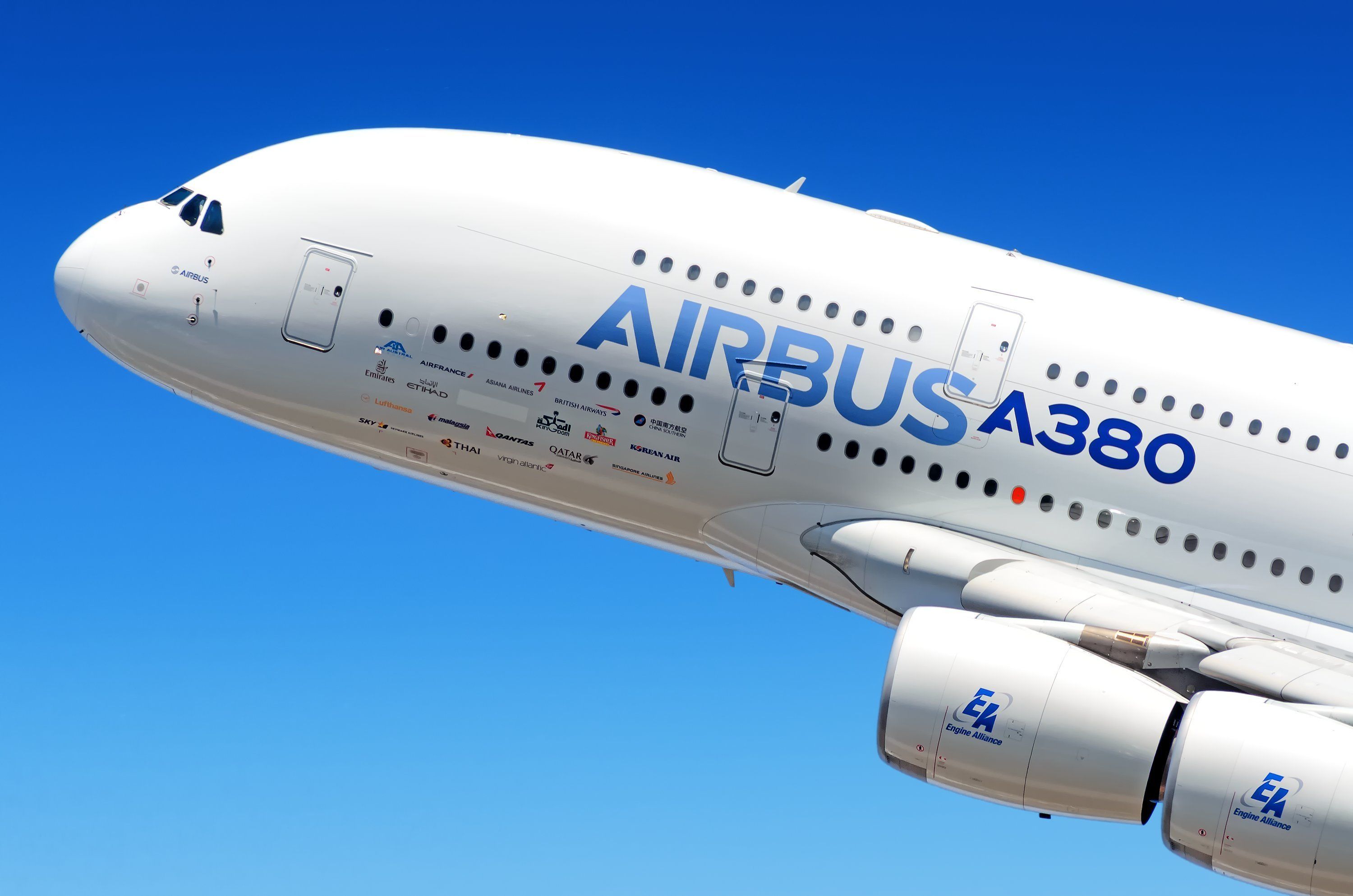
Related
Airbus Says The Return Of The A380’s Production Is Not Ruled Out
The chances of the A380 comeback are still very low.

